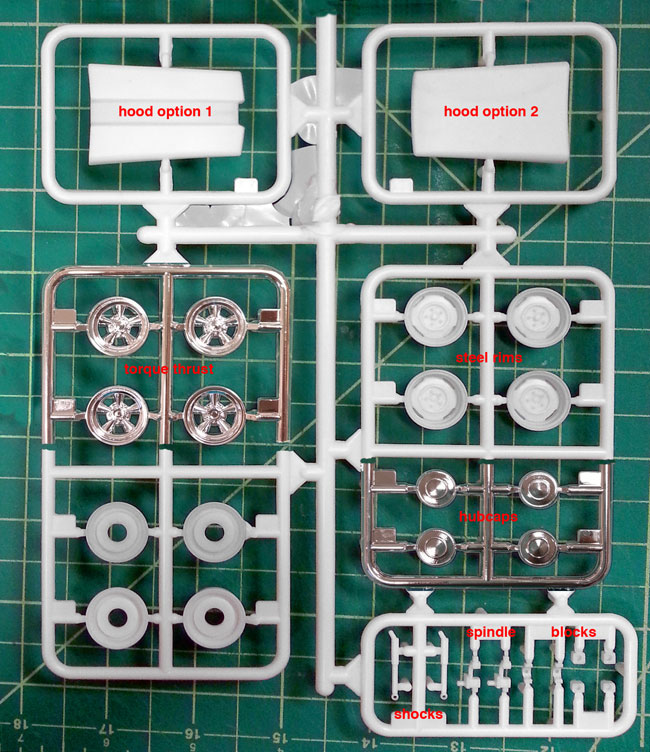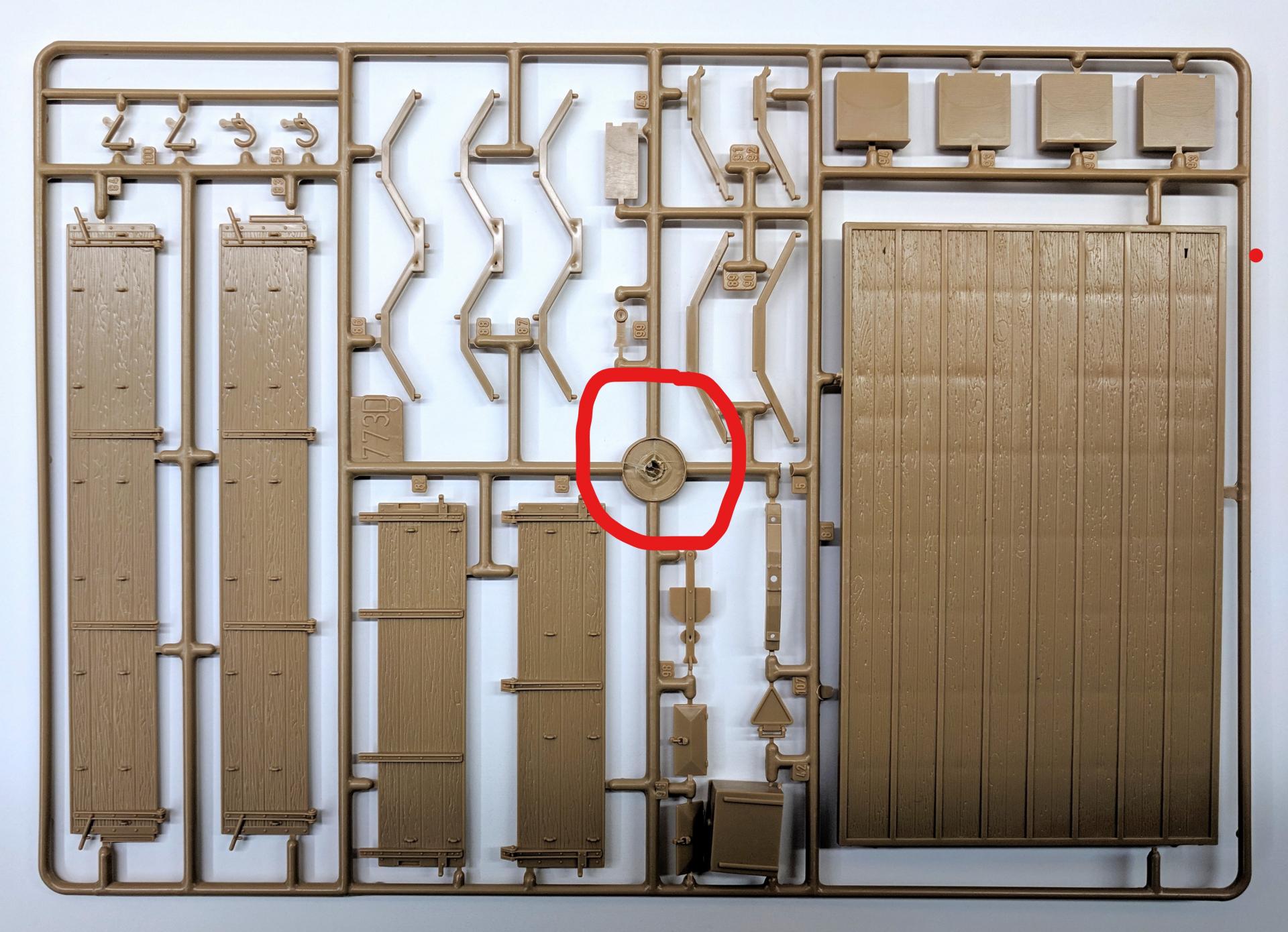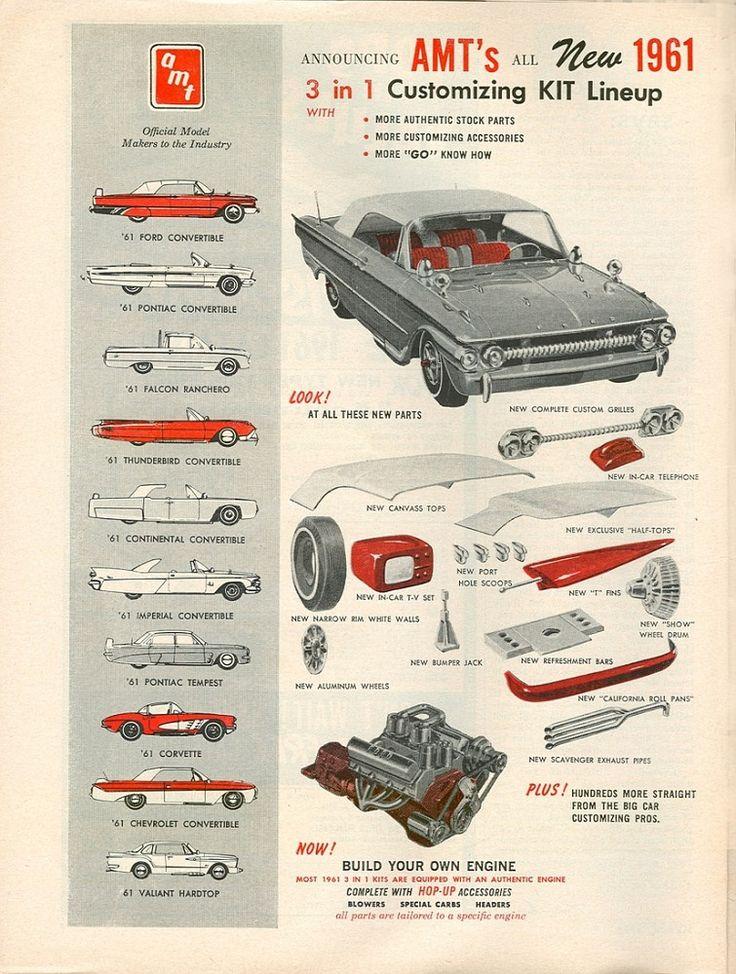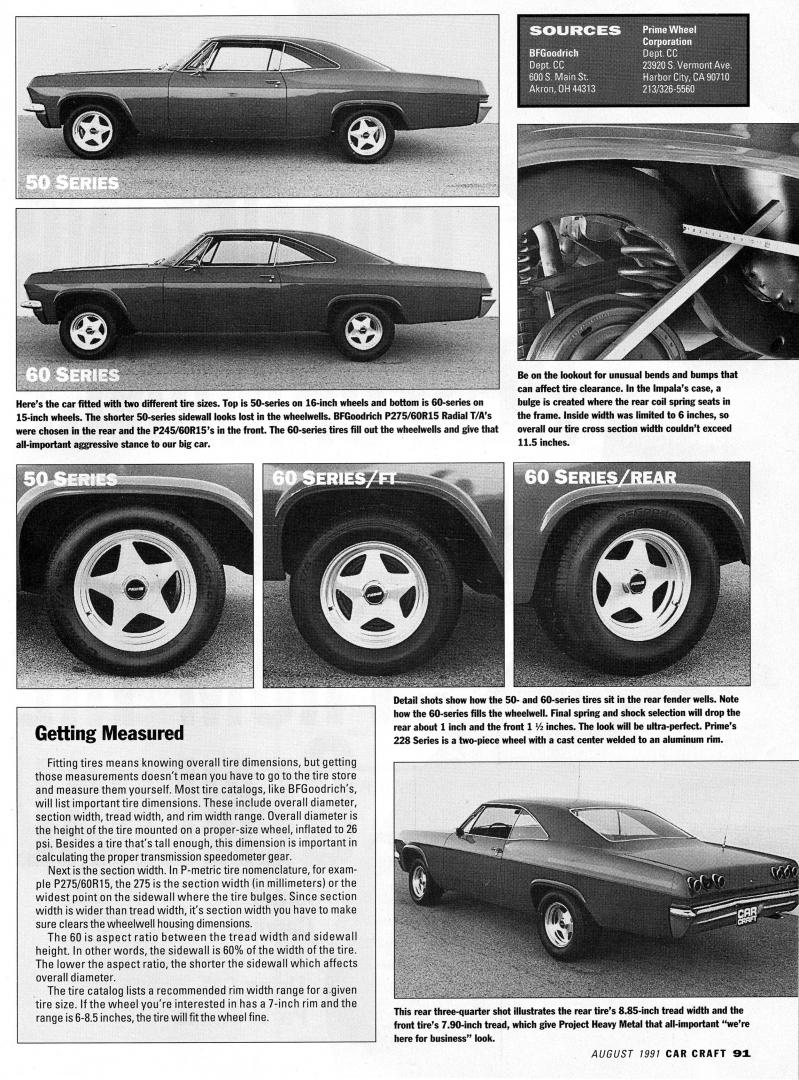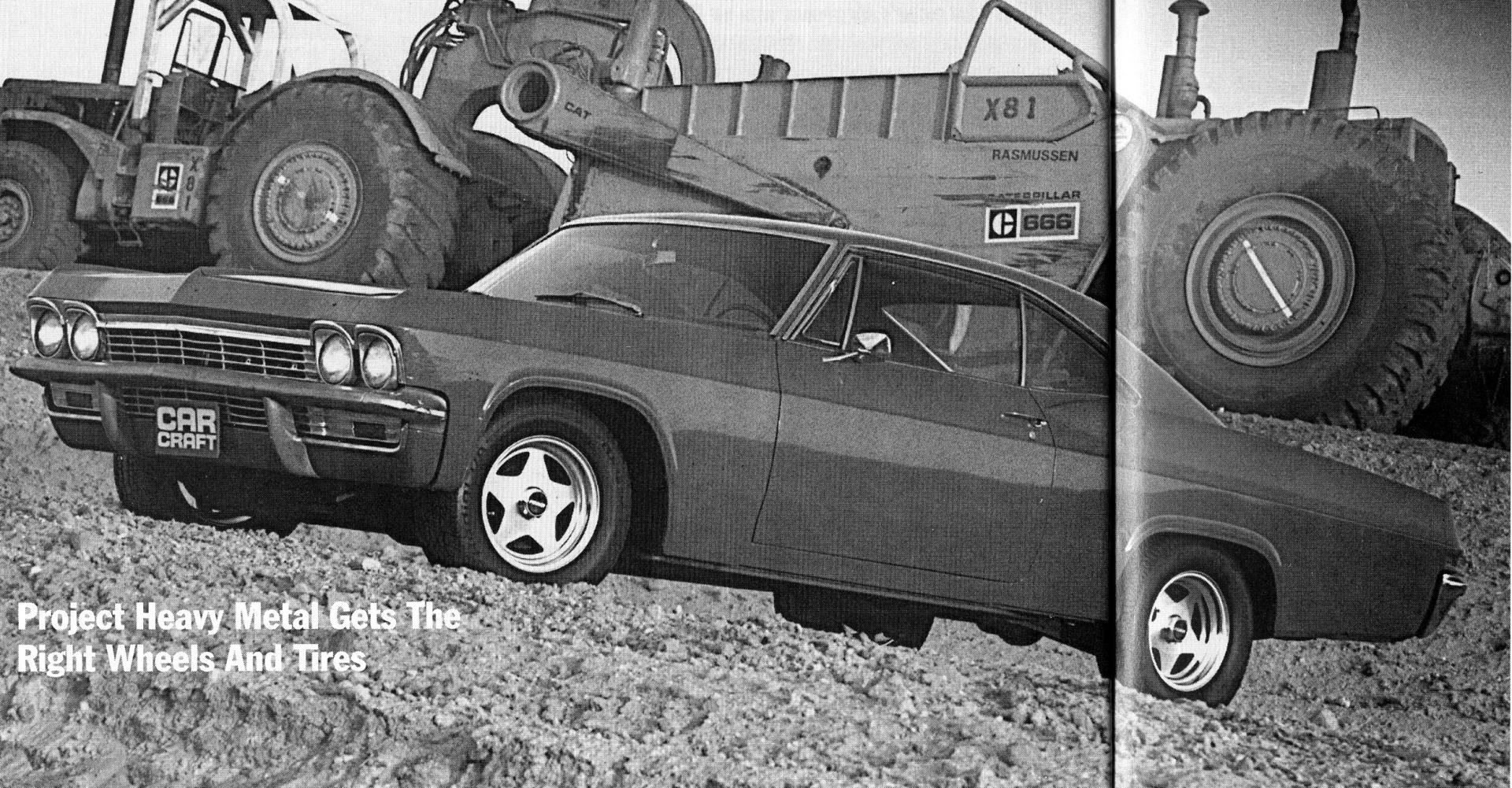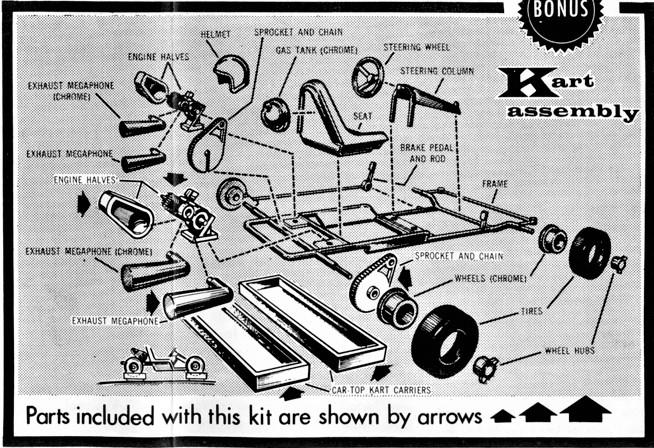-
Posts
15,091 -
Joined
-
Last visited
Content Type
Profiles
Forums
Events
Gallery
Everything posted by Casey
-
$.05 and $.50, according to this '66 Trophy Series Kit parts price list: http://modelkitreviews.proboards.com/thread/1141/1966-trophy-series-parts-price
-
Ted's doesn't make anything AFAIK, and is just a re-seller. I believe VCG Resins made those valve covers: http://www.vcgresins.com/
-
The skull consists of the white two pieces on the right, a front piece and a rear piece.
- 39,087 replies
-
- johan
- glue bombs
-
(and 1 more)
Tagged with:
-

Question about Testors Inca Gold paint
Casey replied to Monty's topic in Model Building Questions and Answers
There is a model in the Under Glass section on which the builder used Inca Gold, but the primer color seems to be light grey, so I don't think that would help since you specifically asked for darker primers. That said, I would suggest you go ahead and order/buy some Inca Gold, as it's one of the few colors I've seen, purchased, used, and loved. It always seems to look good, no matter what it's used on, so it won't go to waste. -
I doubt any of the Piranha-based kits are good sellers. Unless you're a hardcore drag enthusiast or a fan of the Man from U.N.C.L.E. TV show, how many people have even heard of a Piranha? It's neat that Round2 released these four (or two, maybe) kits again, but I doubt they were wowed by sales demand on any of them.
-

Duster double hood scoop
Casey replied to Immortal Chips's topic in Model Building Questions and Answers
Hart's Parts does: https://hartspartsresin.com/product/duster-dart-hood-scoop/ -
The official Revell instruction sheets pages (uploaded in .PDF format) are still viewable, but you need to manually change the four digit suffix in the part number in the url as needed. For example, here's the instruction sheet link for the Revell '72 Olds Cutlass Supreme Custom 2'n'1, kit number 85-4275: http://manuals.hobbico.com/rmx/85-4275.pdf For the '85 Oldsmobile 442/FE3-X Show Car, kit #85-4446: http://manuals.hobbico.com/rmx/85-4446.pdf
-

Weather supercharger and injector hat
Casey replied to Brandon Miller's topic in Model Building Questions and Answers
I'd suggest you do some online research if you haven't already, and find out which material the supercharger case and front and rear covers were made from. That way, you know which metal finish to paint it, and you can apply weathering techniques afterward. Use this to find all of the posts on weathering techniques, as there are quite a few which should provide helpful information: -

Boy, is this guy going to take a bath soon!
Casey replied to Oldcarfan27's topic in General Automotive Talk (Trucks and Cars)
Why haven't you gone through the effort yourself to find that info? -
Only if the stock wheel covers/hubcaps you desire are on their own, dedicated runners, could it be done . These new wheel sets are in effect all-new mini molds, with their own separate runners surrounding all four wheels, and not an insert nor an integral part of a larger mold base. Below are the new parts which Round2 created for the mot recent reissue of the (now-ex) Lindberg Dodge 330 Sedan kit, showing how the dog dish hubcaps and steel wheels are paired together, as are the chrome "mag" wheels and wheel backs. The wheels sets would be easy to separated from the runners by cutting the fan gates, making them viable as a separate parts pack offering:
-
Good reference for the various terms involved with injection molded parts: http://www.nttd-es.co.jp/products/e-learning/e-trainer/trial/en/mold/kiso/sample/step3/runner.htm The below top image shows: 1) The sprue is only the channel into which molten plastic flows and enters the mold 2) The runners are what distributes the molten plastic to each individual part after it enters the mold 3) The gate is the entry point from a runner to each individual part Below you can see what remains of the sprue, circled in red:
-

Boy, is this guy going to take a bath soon!
Casey replied to Oldcarfan27's topic in General Automotive Talk (Trucks and Cars)
How do you know "he's" a man? The seller (and many buyers) may not be aware this kit is going to be reissued at this point, too. Folks here have the ability to be more aware of what's coming down the pipeline if they wish to be, but the general model buying public, not so much. There might be things about an original issue kit which is more desirable to a buyer than a reissue, so even if a reissue is available for $30, it may not matter to a buyer seeking an original kit. Not everyone buys a kit to build it. -

Survivors/Gluebombs ??
Casey replied to Kool Kat's topic in General Automotive Talk (Trucks and Cars)
-

History of AMT & MPC's Action Line Pickup Kits
Casey replied to Fabrux's topic in Truck Kit News & Reviews
Hopefully it stays that way. Thanks for the clarification, Tim. Hopefully the images of this kit's mold posted on Instagram last year by Round2 was a hint of things to come. -

Let's see your geegaws!
Casey replied to Lunajammer's topic in General Automotive Talk (Trucks and Cars)
It's a "refreshment bar", according to the instruction sheet, shown here: I don't recall if this was posted earlier in this topic, but the refreshment bars are mentioned in this 1961 AMT ad:: -
That makes sense. I know the overly thick wheel discs are a snug fit on the wheels and stay in place without a need for any adhesive, but it does makes sense to glue the sub-assemblies together, then change them as as desired. The blunt end of the trans tailhousing and molded in driveshaft would've made swapping engines much simpler, too.
- 7 replies
-
- assembly
- disassembly
-
(and 1 more)
Tagged with:
-
-
I never noticed it mentioned on the instruction sheets of certain AMT kits, but there it is, on at least five early AMT kits: Was it realistically possible to assemble each of these kits without any glue, and not have some of the parts fall off? AMT might have been using the term "assemble" lightly, similar to what some of us would do in a test fitting stage, and the 1932 Ford Roadster does appear to have rather large locating pin holes in the of the cowl for the windshield frame: Maybe the tolerances were just that tight from the get-go?
- 7 replies
-
- assembly
- disassembly
-
(and 1 more)
Tagged with:
-
That might explain Revell's investment in an all-new 1/24 Beetle. Was this kit ever great, as far as parts fit is concerned? Asked differently, is it worth seeking out an early issue where tolerances were (presumably) tighter, and the parts fit significantly better?
-
Thank you, Don.
-
I don't think the Barris-Rolls version had fender flares, as the Herbie Rides Again kit released in 1974 did not have them, either. Here's a shot of the Barris-Rolls parts, and while not great, I *think* I see a body shell without the flares: H-1326 Herbie Rides Again body, sans flares:

